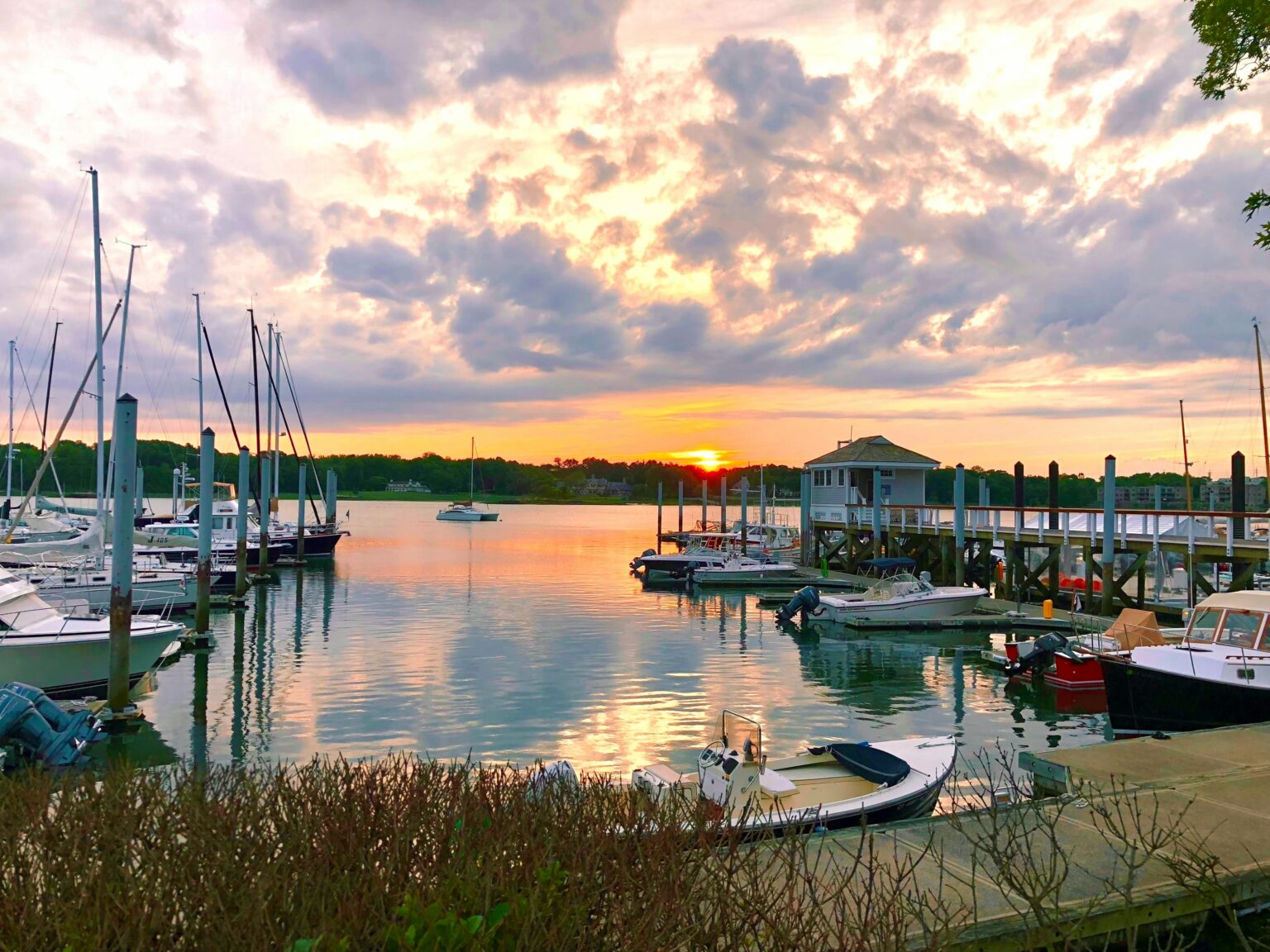Table of Contents
- 1. Understanding Winterization Costs
- 2. Top Winterization Companies Across the U.S.
- 3. DIY Winterization: Is It Right for You?
- 4. Reducing Winterization Costs: Expert Tips
- 5. Professional vs. DIY Winterization: What’s the Better Option?
1. Understanding Winterization Costs
Winterization expenses can vary based on your boat type, the services needed, and your location. Below is an overview of typical costs:- Small Boats (Under 20 feet): $300–$500
- Medium Boats (20 to 35 feet): $500–$900
- Large Boats (35+ feet): $900–$2,000 or more
2. Top Winterization Companies Across the U.S.
Several trusted companies provide boat winterization services across the U.S. Here are some of the most recommended service providers:Valentines Marine (New York)
Valentines Marine specializes in engine winterization, shrink-wrapping, and storage. They offer full freeze protection, making them a top choice for boaters in New York. Visit Valentines MarineQuantum Marine Co. (Chicago, IL)
Quantum Marine Co. offers flexible packages tailored to your boat’s needs, covering everything from engine care to shrink-wrapping. A top choice in the Midwest. Visit Quantum Marine Co.MarineMax (Nationwide)
MarineMax is a large nationwide provider offering professional winterization services, including engine care, system draining, and shrink-wrapping. Visit MarineMaxCAS Marine (Ontario, NY)
CAS Marine provides competitively priced winterization services for motorboats, sailboats, and pontoons, including storage options. Visit CAS MarineAJ’s Mobile Marine (Wisconsin)
AJ’s offers mobile winterization services, providing a convenient option for those who prefer not to transport their boats to a facility. Visit AJ’s Mobile MarineDeep V Rigging (Minnesota)
Deep V Rigging provides winterization services for pontoons and motorboats with specialized options for saltwater and freshwater boats. Visit Deep V Rigging3. DIY Winterization: Is It Right for You?
If you’re comfortable with boat maintenance, DIY winterization can save you significant costs. Here’s a step-by-step guide:- Clean the boat: Remove grime and dirt to prevent damage during storage.
- Drain all water systems: Ensure tanks and lines are fully drained, using non-toxic antifreeze where necessary.
- Winterize the engine: Flush the engine with fresh water, add antifreeze, and change the oil and filters.
- Stabilize the fuel system: Add fuel stabilizer and run the engine for a few minutes.
- Cover the boat: Use a heavy-duty tarp or shrink-wrap to protect the boat from the elements.
4. Reducing Winterization Costs: Expert Tips
Here are a few tips to minimize winterization costs, even if you hire professional services:- Handle Simple Tasks: Clean the boat and remove personal items yourself to reduce labor costs.
- Book Early: Some companies offer early booking discounts before peak winterization season.
- Join a Boating Club: Many clubs offer discounted winterization and storage services to members.
- Get Multiple Quotes: Always request quotes from various providers to compare costs and services.
5. Professional vs. DIY Winterization: What’s the Better Option?
Deciding between DIY and professional winterization depends on your experience and budget. Here’s a comparison of typical costs:| Service Type | DIY Costs | Professional Costs |
|---|---|---|
| Engine Winterization | $50–$150 | $150–$500 |
| Shrink-Wrapping | $200–$400 | $300–$600 |
| Full-Service Winterization | $300–$600 (materials) | $800–$2,000 |
After Winterizing: Preparing for Spring Commissioning
Once the winter months are behind you, it’s time to start thinking about getting your boat back on the water. Spring commissioning is the reverse process of winterizing and ensures that your boat is ready for the new season. Proper preparation is essential to avoid any damage that may have occurred during the off-season and to ensure all systems are functioning correctly.
When It’s Time to Bring Your Boat Out of Storage
As spring approaches, contact your winterization service provider to schedule the de-winterization process. Early booking ensures your boat is ready by the time boating season kicks off, and you avoid the rush that typically comes with warmer weather. During this process, they’ll perform vital checks and maintenance tasks that will get your boat in top shape.
Key Questions to Ask Your Service Provider
When discussing spring commissioning with your provider, here are some key points to cover:
- Engine Care: Ask if the engine oil will be changed and if a thorough engine inspection will be performed to detect any winter-related issues.
- Fuel System: Ensure they will stabilize the fuel, inspect fuel lines, and replace any filters that may need attention after storage.
- Plumbing System: Verify that they will flush the water system to remove any antifreeze and ensure it’s operational.
- Battery Reinstallation: Confirm if they’ll reconnect and test the boat’s battery, checking all electronics and navigational systems for proper functionality.
- Safety Gear: Ensure they will check all safety equipment, including life jackets, fire extinguishers, and first-aid kits, to ensure they meet regulatory standards.
Spring Commissioning Checklist
Once the service provider has de-winterized your boat, use this checklist to ensure your boat is completely ready:
- Inspect the hull for cracks or any damage that might have occurred during storage.
- Test the engine to ensure smooth operation, and listen for unusual sounds during the sea trial.
- Check the throttle and steering for proper response and ensure all electronic devices, like GPS and radios, are working correctly.
- Flush the freshwater system and check the plumbing for leaks.
- Ensure that the bilge pump is operational and free from obstructions.
Common Concerns and Questions
Here are some common questions that boat owners often ask during spring commissioning:
- How much does spring commissioning cost? The cost generally ranges from $300 to $1,000 depending on your boat’s size and the services required.
- What if I discover damage after winter? Your service provider should be able to handle most repairs, but be sure to ask about potential repair costs ahead of time.
- Can I do spring commissioning myself? While DIY is possible, hiring a professional can ensure all systems are thoroughly inspected and tested, reducing the chance of missing important issues.


